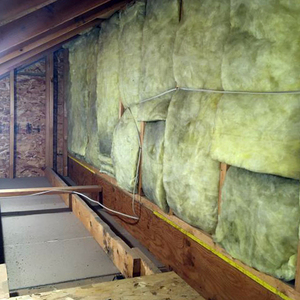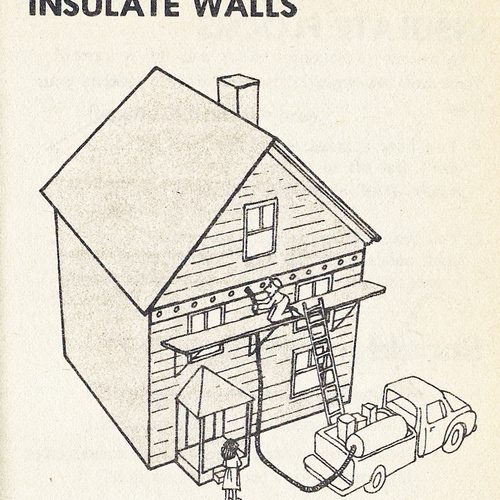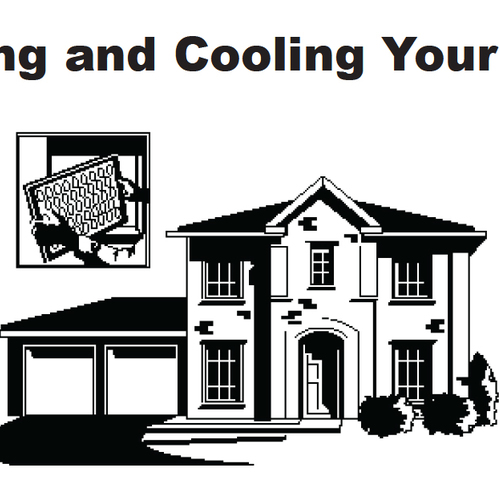
During the 1960s, when oil and gas were abundant and cheap, Americans had few reasons to conserve energy. Everything changed in October 19, 1973, when several Arab countries announced that they would stop exporting oil to the U.S. By March 1974, the embargo had caused the price of oil to rise by almost 300%. Later, in 1979, the Iranian revolution sparked a second oil price surge.
The energy price spikes during the 1970s created boom times for advice-givers. Energy experts and journalists were eager to tell homeowners and builders how to save energy. Some of this advice was good; some, not so good. With the advantages of hindsight, we can now sort the wheat from the chaff.
Remembering some historical milestones
Here’s a history cheat sheet—an oil shock timeline, if you will.
- 1973: Beginning of the Arab oil embargo
- 1974: Congress authorizes the creation of the Solar Energy Research Institute (SERI), the precursor to the National Renewable Energy Laboratory (NREL). Three years later, the first SERI facility opens in Colorado.
- 1975: Congress enacts Corporate Average Fuel Economy (CAFE) standards that compel auto manufacturers to improve the fuel efficiency of new cars and light trucks.
- 1977: The Saskatchewan Conservation House, an experimental superinsulated house, is completed in Regina.
- 1978: President Carter signs the Solar Photovoltaic Energy Research, Development, and Demonstration Act, which directs SERI to research ways to reduce the cost of photovoltaic modules.
- January 1979: The Iranian revolution sparks the second oil crisis; oil prices more than double over the next 12 months.
- 1979: U.S. Congress establishes the Synthetic Fuels Corporation, authorizing federal spending of up to $88 million for the production of liquid fuels (so-called “synfuels”) from coal and oil shale.
Policy choices, good and bad
In retrospect, some public policy choices from the 1970s—for example, government investments in shale oil development and “synfuels”—appear misguided.
Others, including…
Weekly Newsletter
Get building science and energy efficiency advice, plus special offers, in your inbox.

This article is only available to GBA Prime Members
Sign up for a free trial and get instant access to this article as well as GBA’s complete library of premium articles and construction details.
Start Free TrialAlready a member? Log in















10 Comments
This article reflects a lot of what we did when we built our house on Martha's Vineyard in 1982:
- Wood Stove. Check
- South glazing - Check
- Sun Spaces on south side - Check
- Overhangs at south windows without sun-spaces. Check
- Solar-Air system to store sunspace heat in CMU tunnels below slab - Check
- No central heating. a few electric resistance wall units in bathrooms
One departure was that we paid a lot of attention to air-sealing, used triple glazed windows on non-sunspace glazing, R30 roof insulation, R-19 wall insulation with strapping and a layer of 1/2" polyicyranate, insulation on outside of foundation walls and below slab.
Today, the wood stove is gone, electrical resistance heaters gone, doors between sunspaces and living spaces gone, ASHP installed. So, maybe not quite up to "pretty good house" standards, but maybe reaches "not to bad" standard.
Hugh,
You did better than a lot of builders from that era -- especially in regards to air sealing and the specification of triple-glazed windows. Good for you.
For information on another house built in the early 1980s that did an above-average job for the era, see "A Superinsulated House from 1984."
I visited the Ark on PEI as a teenager in the mid 70s. It had most of the features you list, but its main appeal was the lifestyle of the people involved. their laid-back and seemingly happy existence papered over any deficiencies in the building. What I miss most about that time is the optimism, which has largely disappeared from our lives.
https://www.cbc.ca/news/canada/prince-edward-island/pei-ark-confederation-centre-arts-exhibit-1.3805330
Malcolm,
I remember reading in the Whole Earth Catalog about the talapia ponds at the Cape Cod Ark. Yes, we were certainly an optimistic generation when we were in our teens and twenties -- ready to change the world.
Martin,
And without those experiments we wouldn't be where we are. Stewart Brand went on from the Whole Earth Catalog to write the fascinating How Buildings Learn. All I've ever done is piggy back on what they gave us.
That was a fun trip down memory lane. I wonder what people in the 2050s will be writing about what we got right and wrong today.
I fear that in 2050 people will not be writing anything..... AI "chat bot" programs and self directed robots will be doing all the writing. I am not sure what humans will be doing.....
This was a case where 1970s creativity was effective: https://www.greenbuildingadvisor.com/article/passive-hot-air-from-everyday-materials. The engineer and my father-in-law built solar-powered homes in the 1980s and while the stories I've heard match Martin's comments, in this specific situation it worked out.
Michael,
Thanks for the link. It's a good example of a useful application of a solar hot air collector.
Along with the Whole Earth Catalog I was an avid reader of Mother Earth News back in the late 70's and early 80's.
I have vague memories of articles on Solar Homes, Cooking your meals in a solar oven, building your own methane generator, backyard wind turbines and building your own Hydro electric system.
I remember one article on how to cook a chicken under the hood of your car when taking a long road trip!
All good Hippie stuff.
Log in or become a member to post a comment.
Sign up Log in